The American Super Sports Car That Couldn't Quite Conquer Le Mans
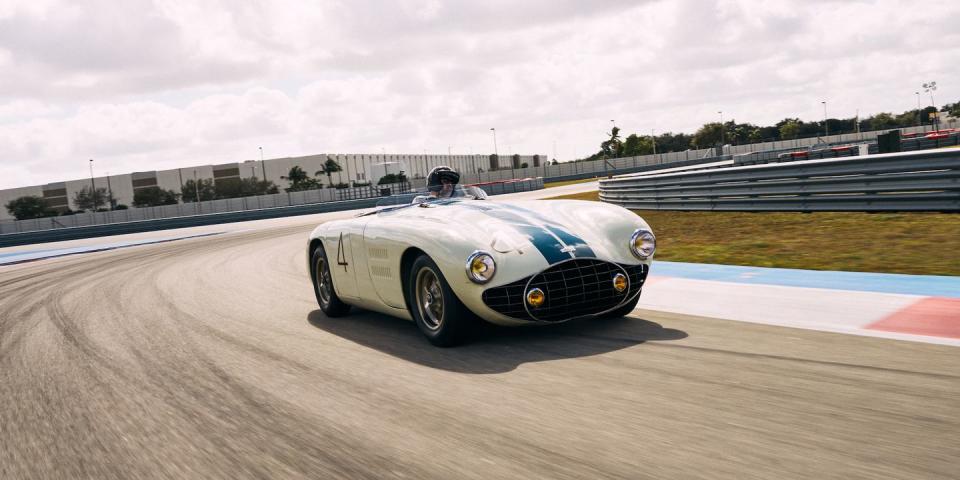
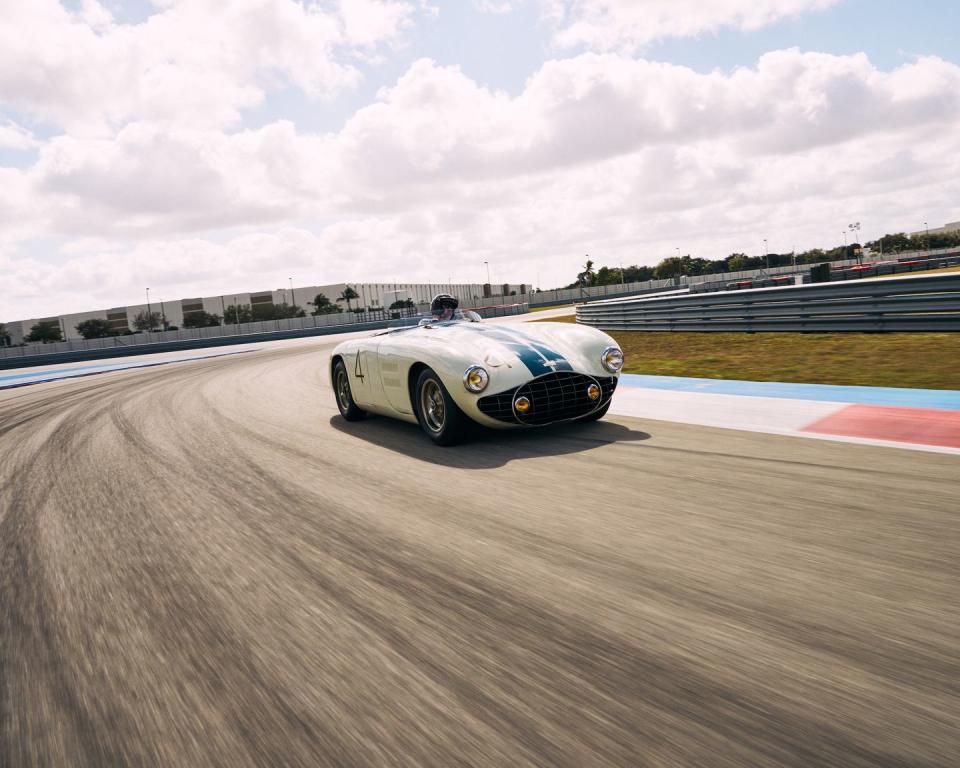
“They will just have to be bigger!” he shouted.
“But, sir, they can’t be bigger!” the other man replied, panicked. “The wheels are 16 inches, and those are the biggest wheels we have. You can’t fit 17-inch brakes inside 16-inch wheels, sir.”
“Who says brakes have to fit inside the wheels?”
This story originally appeared in Volume 16 of Road & Track.
I wasn’t alive in 1952, when Briggs Cunningham and his team developed the C-5R, an open-topped road racer, for the 24 Hours of Le Mans, but I imagine this is how the conversation went. Cunningham got his 17-inch drum brakes; they are mounted inboard of the Halibrand magnesium wheels. Sure, disc brakes were the more compact, elegant solution. But at that time, only Dunlop made disc brakes, reserving them for Jaguar.
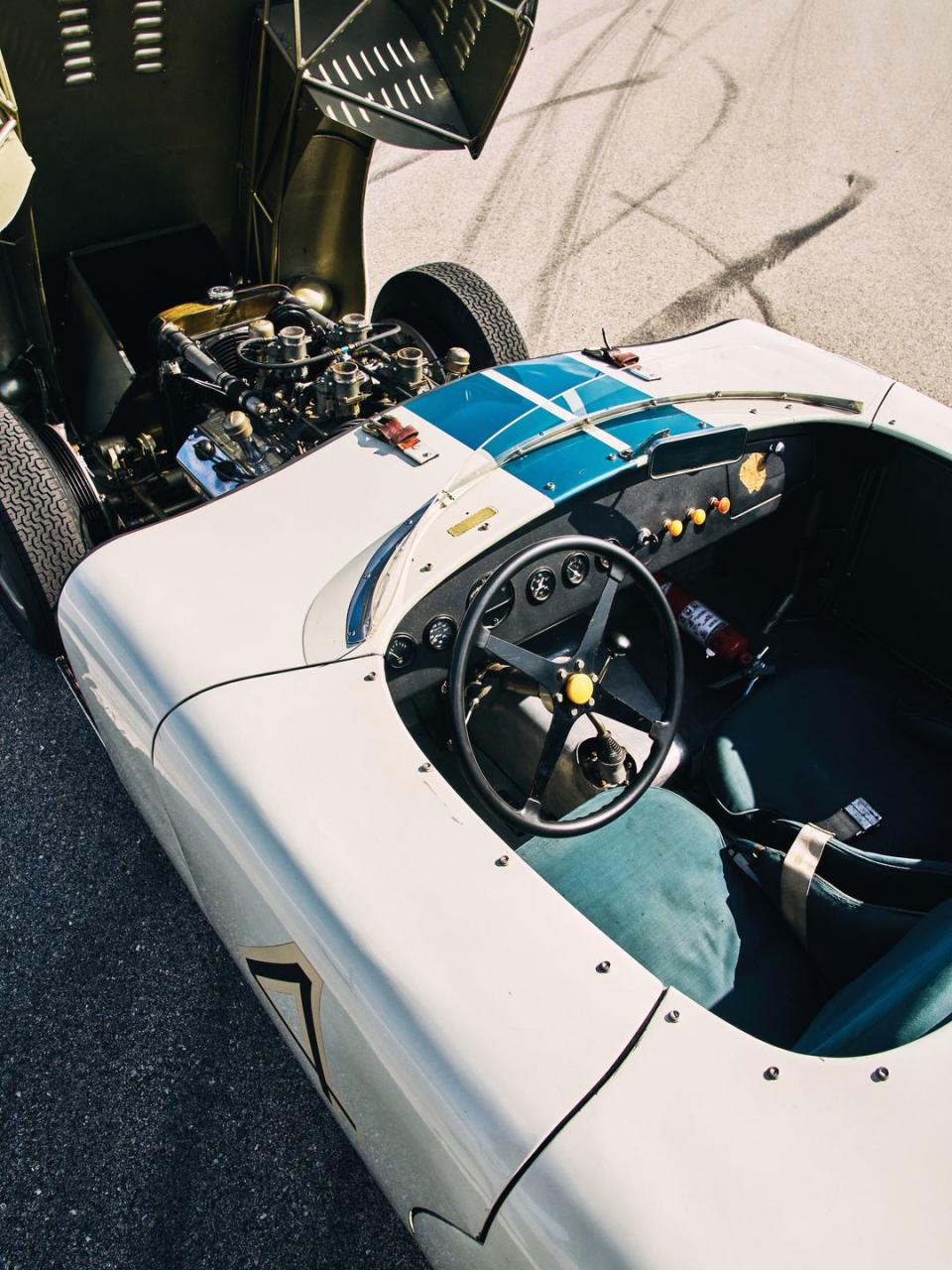
The only thing more American than starting a privateer racing team to take on the big-bad manufacturers (see heroes Shelby, Haas, Glickenhaus) is doing so using dead-reliable, low-tech, proven hardware. Ergo, Cunningham was the most American privateer, the first to stand proudly on the Le Mans podium with his own name on the car.
Cunningham was a racer first and manufacturer second. His motorsport career began, as many do, in other people’s cars. He owned and raced Buicks, Cadillacs, Ferraris, and Healeys, modifying them for racing in creative and innovative ways. He transplanted engines from one car into another, such as his Cadillac V-8–powered Healey. Or he would fit custom coachwork onto production vehicles, like the legendary Cadillac “Le Monstre,” a ghastly and amateurish-looking—but brutally effective—speedster-style body draped over the standard 122-inch-wheelbase chassis of a luxurious 1950 Series 61 Club Coupe.
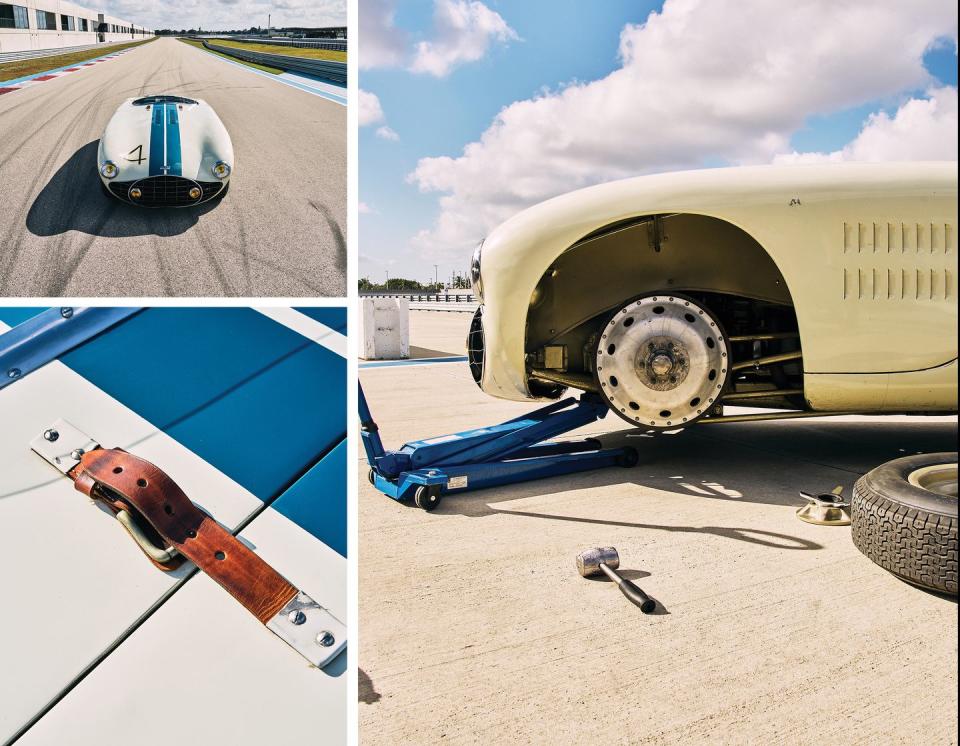
The total output of the B.S. Cunningham Company of West Palm Beach, Florida, was either 34 or 36 cars, depending on who is counting. The C-1 prototype led to a pair of C-2R race cars, which appeared at Le Mans in 1951. Subsequently, Cunningham built either 25 or 27 C-3 road cars, essentially streetable versions of the C-2R. The C-4R and C-4RK raced in 1952. Production of those models totaled three.
For the 1953 running of Le Mans, Cunningham prepared a single C-5R roadster. I’m watching it roll off a transporter at the Concours Club, a private racetrack and high-end hangout in Opa-locka, north of Miami and 65 miles from where the C-5R was hand-built 70 years ago. This car, now owned by the Revs Institute, was the only Cunningham racer to earn a spot on the podium at the 24 Hours, taking third behind a pair of
Jaguar C-types.
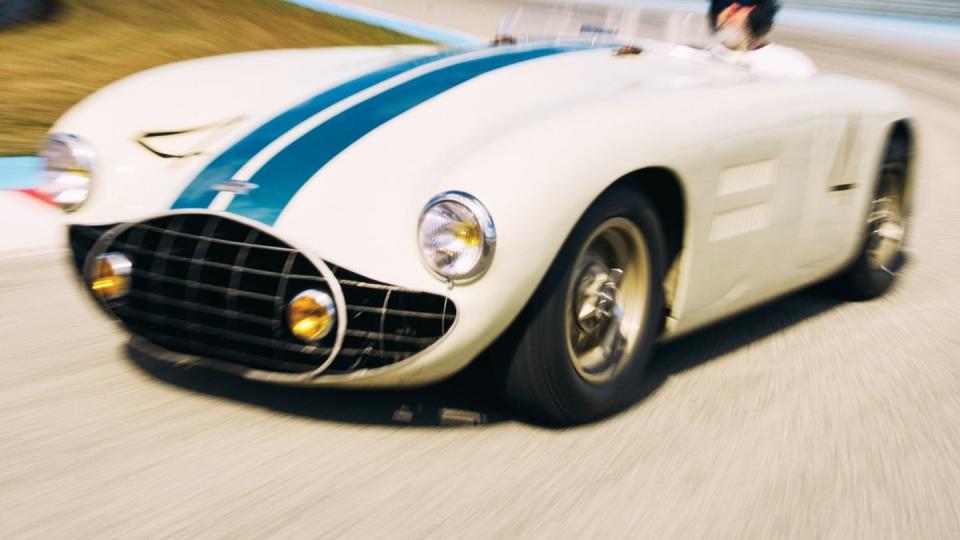

 Yahoo Autos
Yahoo Autos 